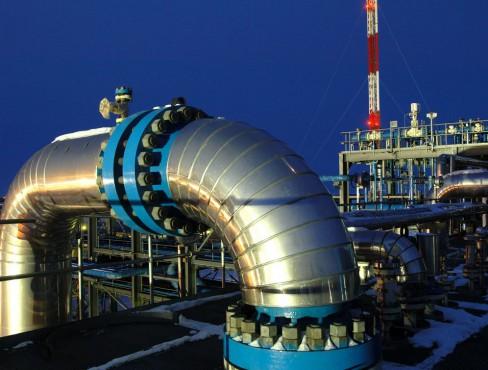
CHINA & RUSSIA: GLOBAL LNG PRICES

The deal between Russia and China for importing some 38 billion cubic meters/year of natural gas through a pipeline connecting the two countries represents a key development not only for the two parties involved, but also for the role it will have in shaping the global price of LNG, according to Shigeru Muraki, vice chairman of the board at Japan's Tokyo Gas.
Speaking at the Adam Smith Sakhalin Oil and Gas 2014 conference in the Russian Far East late Wednesday, September 24, Muraki said that the many LNG export projects coming on stream in the next years in countries such as Australia, Russia and the US will not only have to compete between each other for demand, but also against the price set by pipeline imports deals such as the one between Russia and China, which has an estimated price of around $12/MMBtu.
Russia is set to export up to 38 Bcm/year of natural gas from fields in East Siberia to China over a 30-year period starting after 2018 through the Power of Siberia pipeline, of which construction started earlier in September.
Muraki said the coming years will be an "interesting time" for "gas markets in Asia, with more opportunities for suppliers and buyers" however many new projects coming on stream will have to compete for demand, with price being a key factor.
"Russia will take up a key role to provide supply through LNG and pipeline" he said, adding that meanwhile, Japanese buyers were now looking at diversifying gas supply sources and contracts towards a combination of long-term, short-term and spot contracts and were looking at prices based on the US Henry hub and UK NBP hub, beside traditional oil-indexed contracts.
Comparing production costs for international planned LNG projects and pipeline projects, he said that the expansion of Sakhalin-2 project as well as the Russia-Japan pipeline showed the most competitive price terms, against LNG exports from Australia and Russia's Vladivostok.
Muraki said that some 20 million mt of gas demand will disappear from the Japanese market in the next two to three years, due to the planned restart of several nuclear power plants in the country.
However, the capacity of nuclear plants is set to decrease from 2020 onwards as they approach the end of their lifetime, creating scope for a potential increase in natural gas demand up to 100 million mt of LNG equivalent per year, in a scenario of increased price competitiveness and Henry Hub indexation.
Tokyo Gas is the first buyer of Russian LNG coming from the Sakhalin-2 terminal under a 24-year long-term contract which started in 2009.
Commenting on the recent round of sanctions against Russia, he told Platts that in the short-term it's however difficult to commit to new Russian LNG supplies.
"At this moment because of the sensitivity of sanctions, it is hard to make a new commitment to take Russian LNG volumes," Muraki said.
oilandgaseurasia.com





